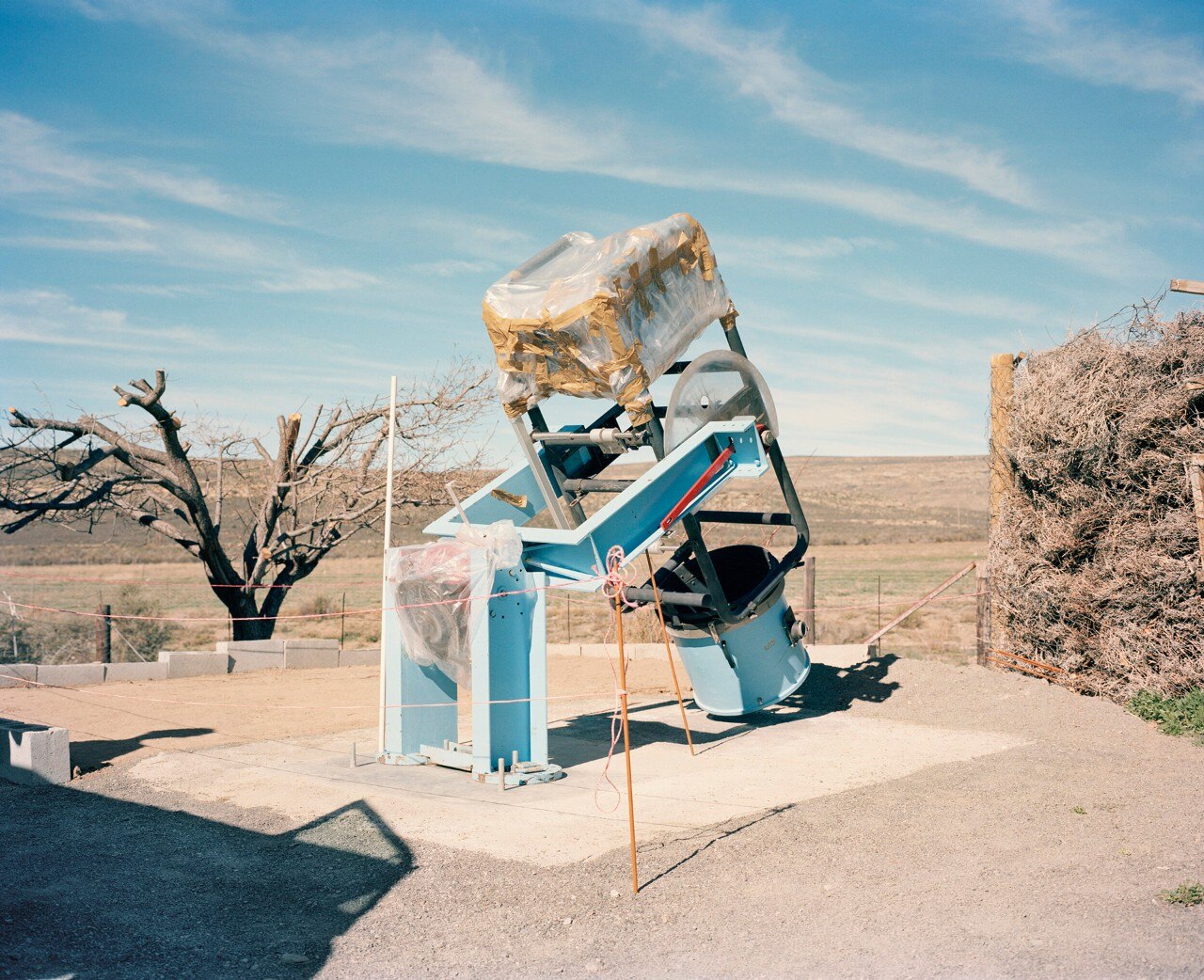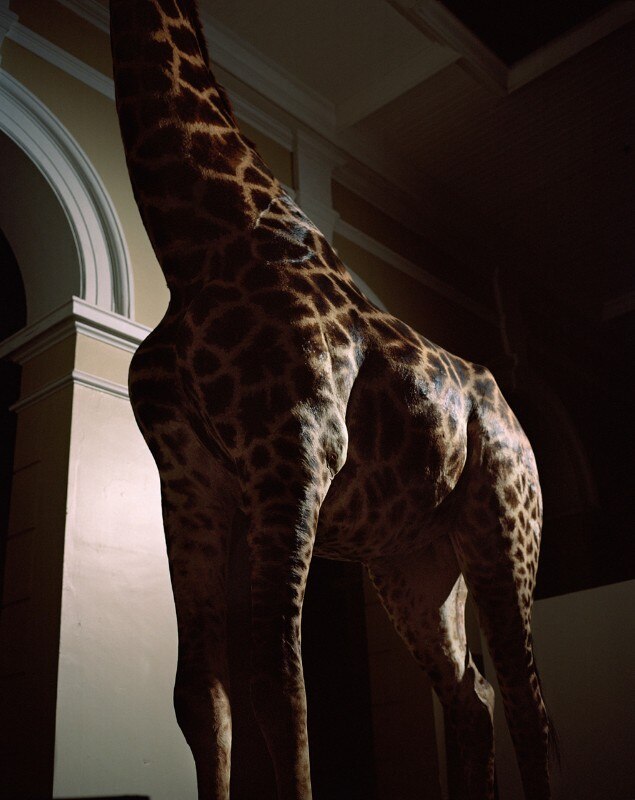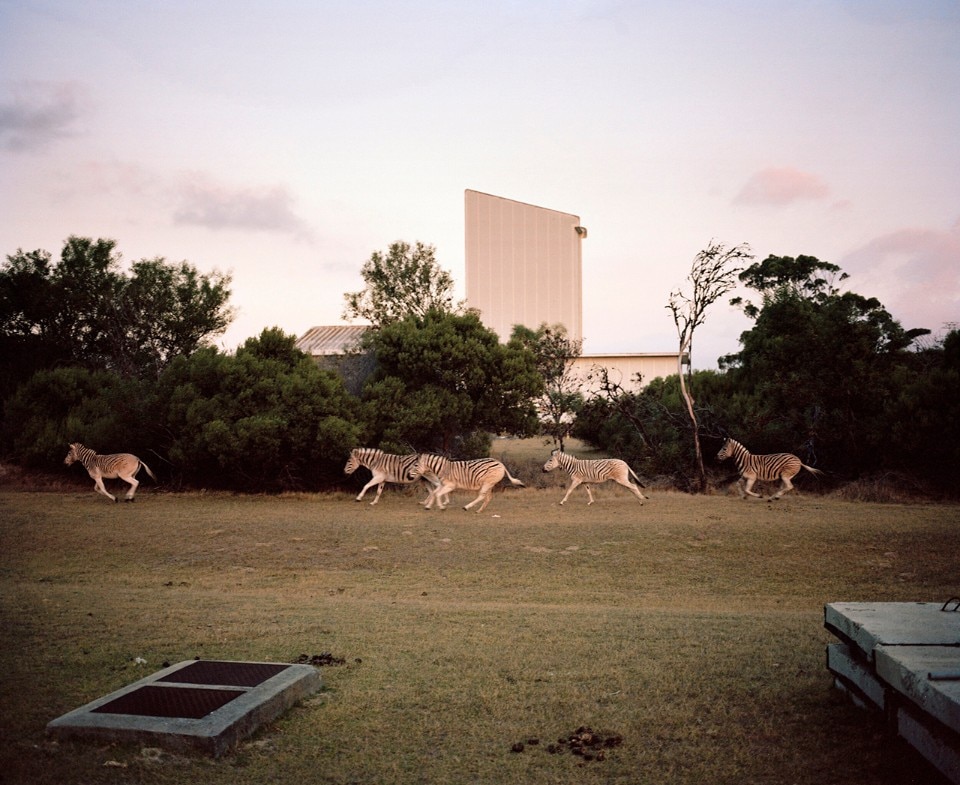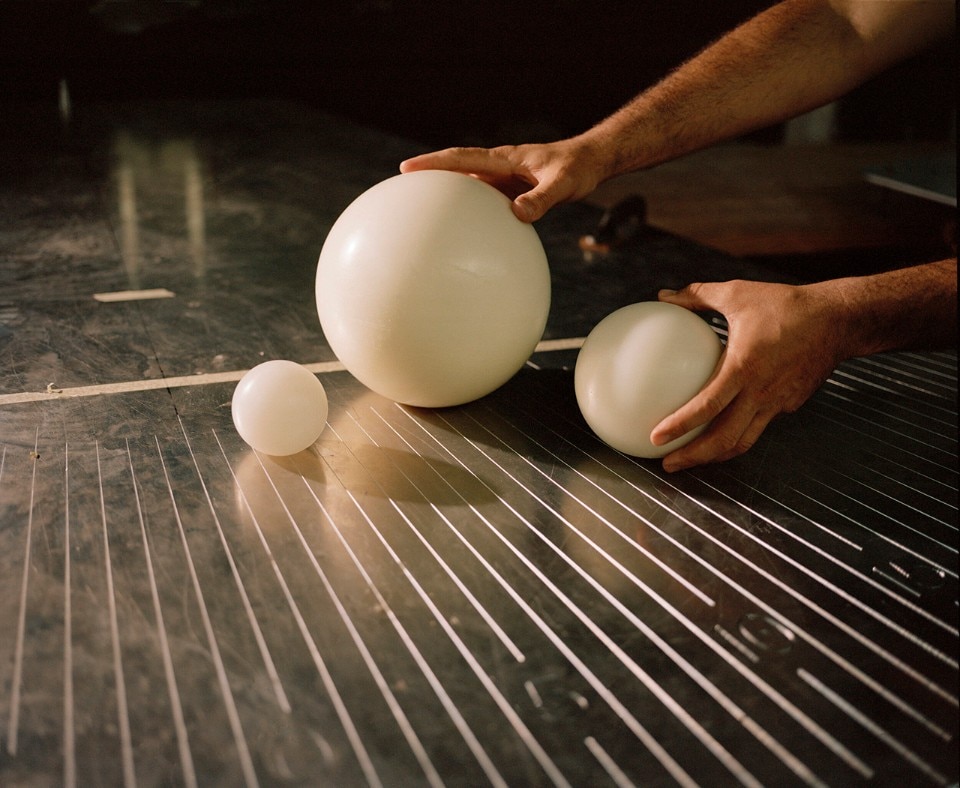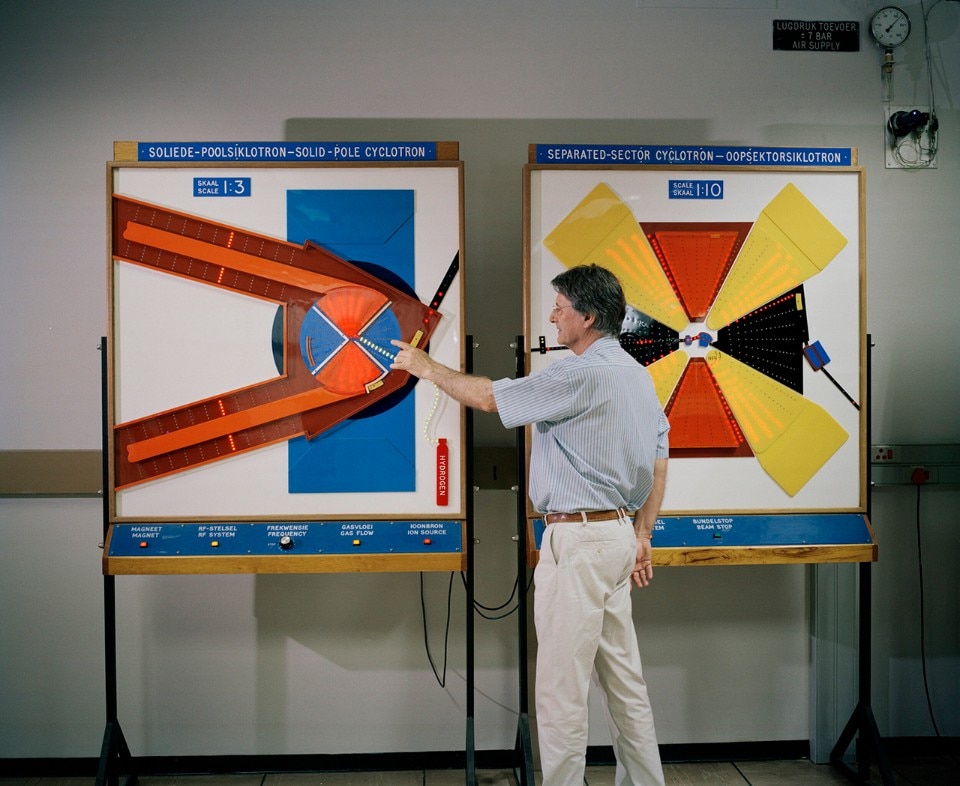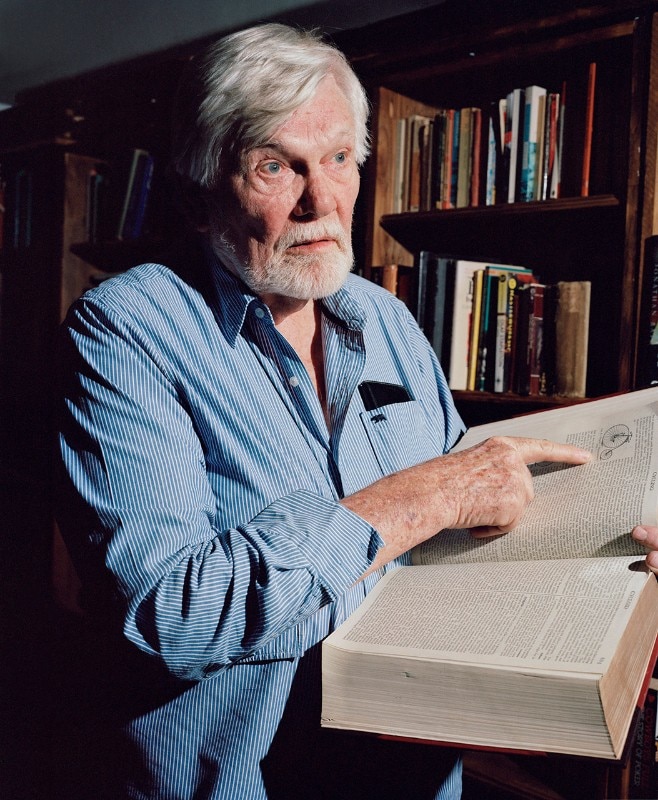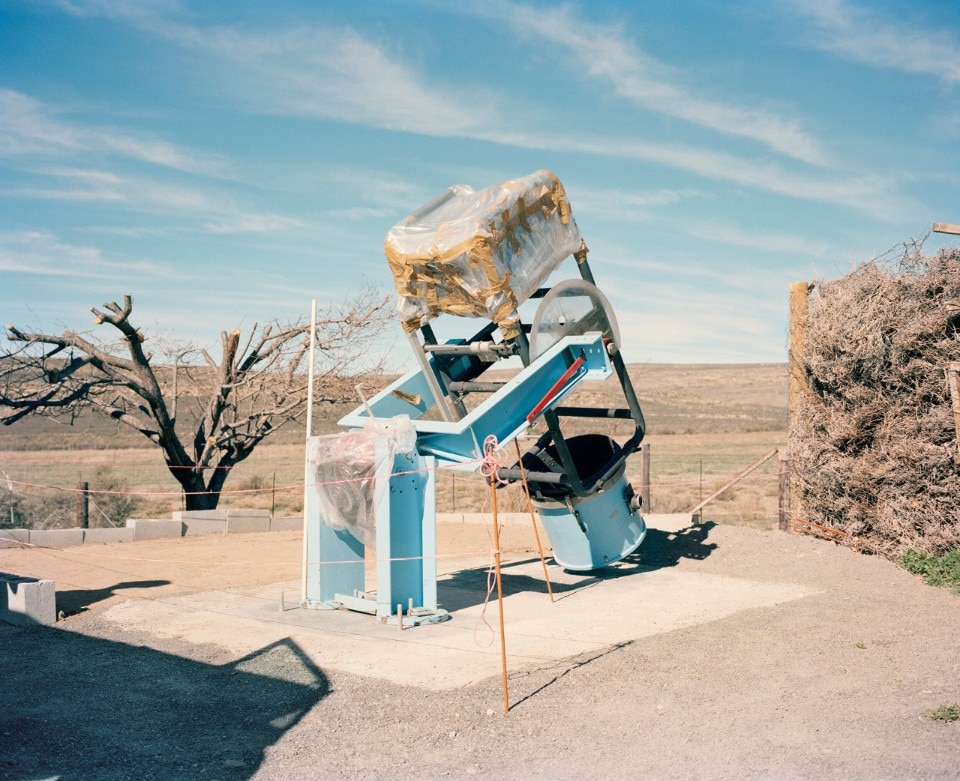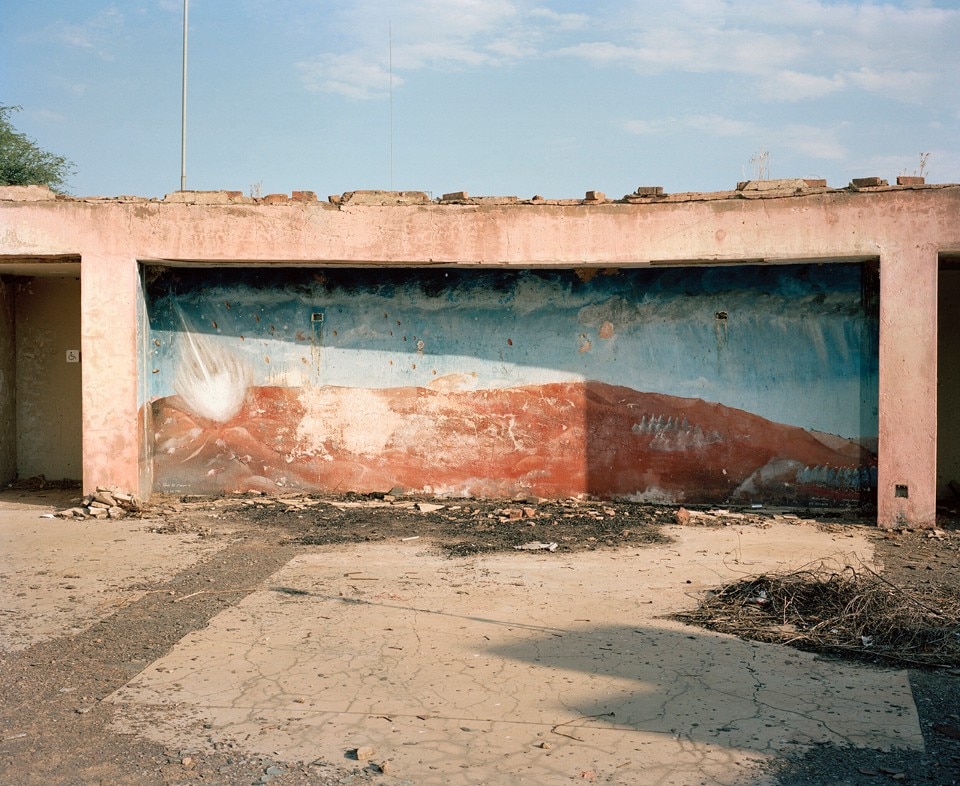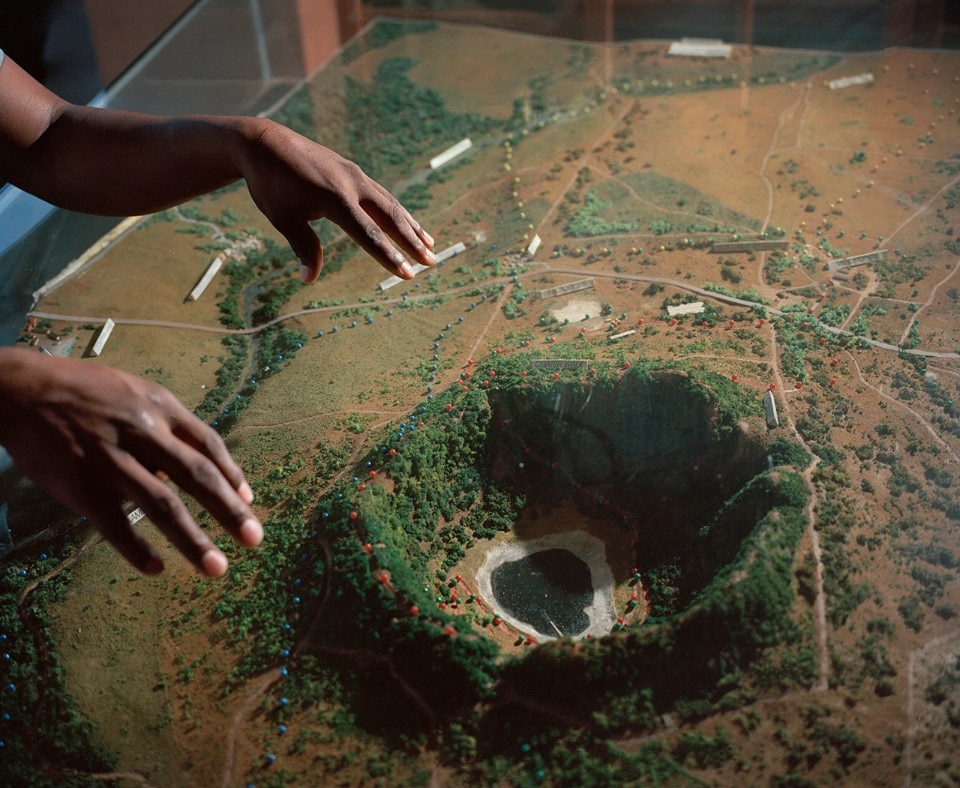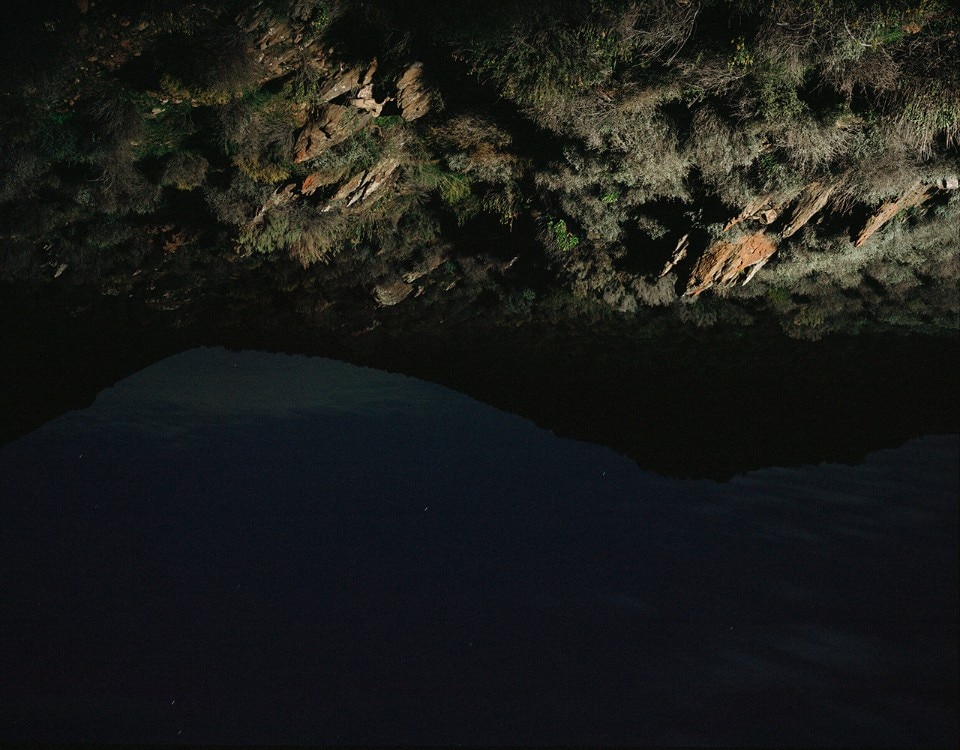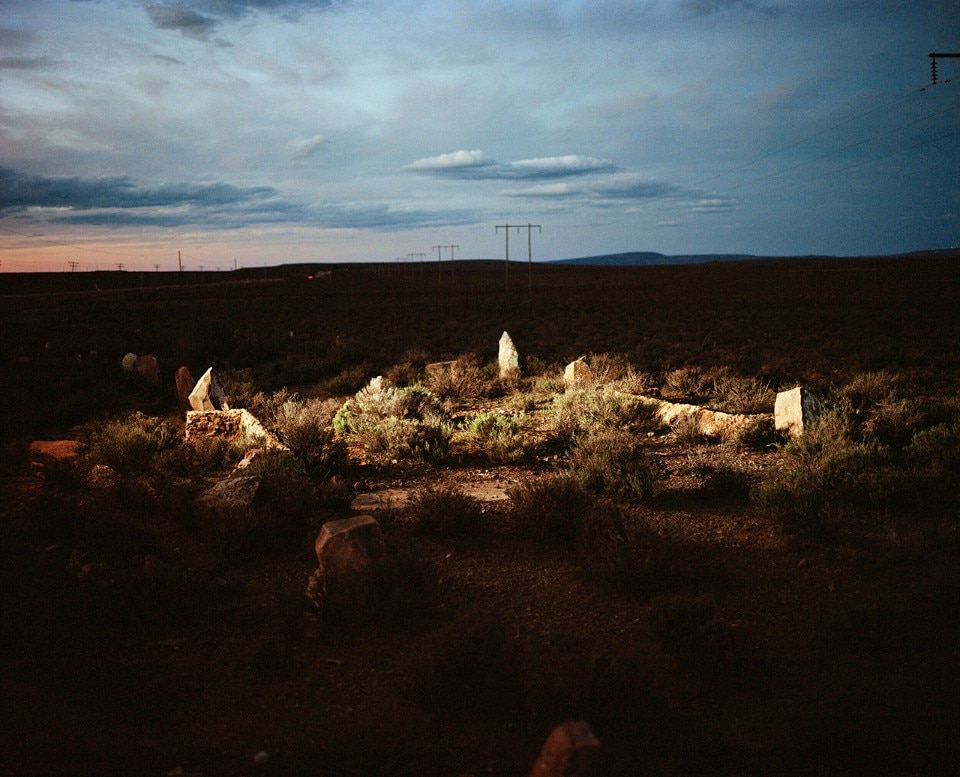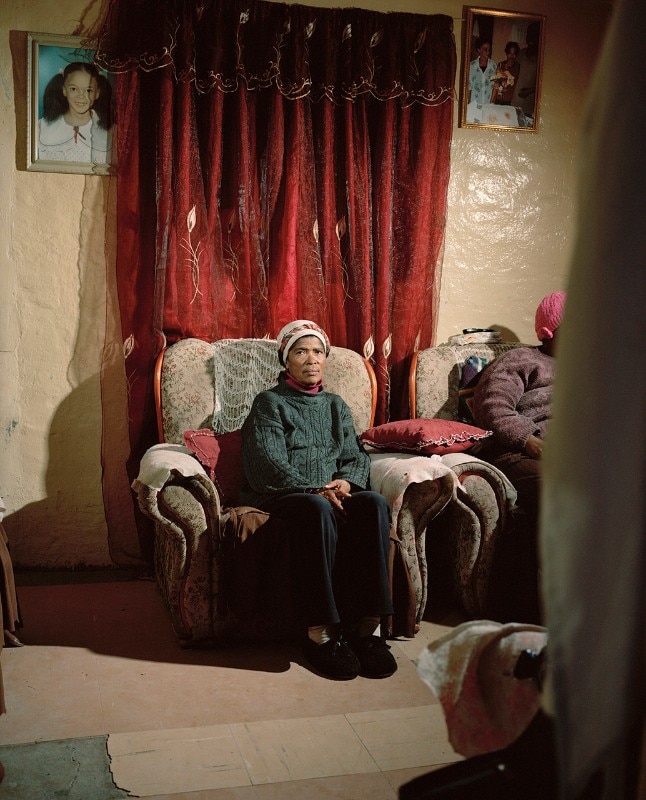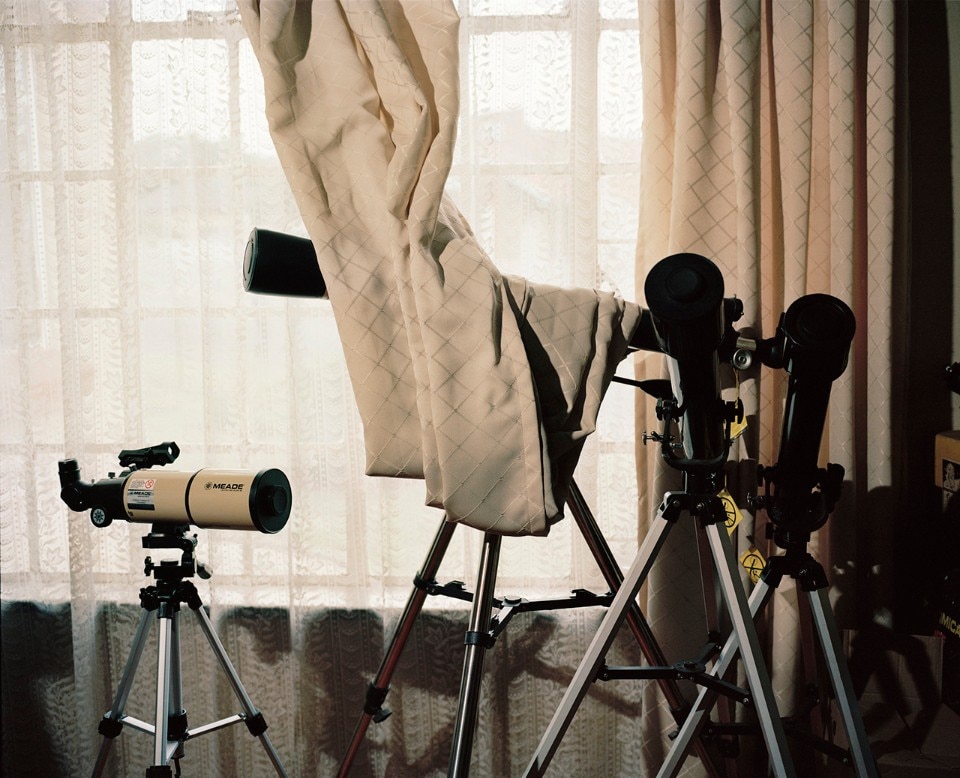Whit its second chapter, the multimedia project Hemelliggaam by Tommaso Fiscaletti and Nic Grobler carries on with its ambitious attempt of giving substance (if images have such a property) to hardly expressible concepts, as the relationship between man and universe, the worldly and the celestial perspectives on life, and ultimately our need to understand and our desire, somehow inconsistent, to transcend reality.
But how to convey something that is essentially invisible? Each photograph or video then become the peak of a story, which originates in the artists’ mind and later on, just as in an experiment, looks for confirmation and actualization in the real world. The result is a series of dense and layered images that demand for a deep and slow reading and lead to a paradoxical — and yet done on purpose — short circuit with the second part of the title: Or The Attempt To Be Here Now.
For the two artists, "to be here now" has in fact an ambiguous significance: on the one hand it refers to the imperative meaning of hic et nunc, which in Heiddegger is then applied to man’s observation of himself while facing his own existence; on the other hand it has a more spiritualistic — although yet philosophical — interpretation, where man is an impermanent part of a whole which he constantly craves to reconnect with.
In this experiment, philosophy is involved just indirectly, though, since the main tools of the study are science and science–fiction.
The former provides for solid methodological foundation, hence the collaboration with the Department of Physics and Astronomy at the University of the Western Cape. After all South Africa, where all the work is set, is one of the world’s most suitable places to observe the sky thanks to its virtually absent light pollution: this is where one of the two parts of SKA, the world’s biggest radiotelescope, would be born, and where astronomy is almost a national hobby.
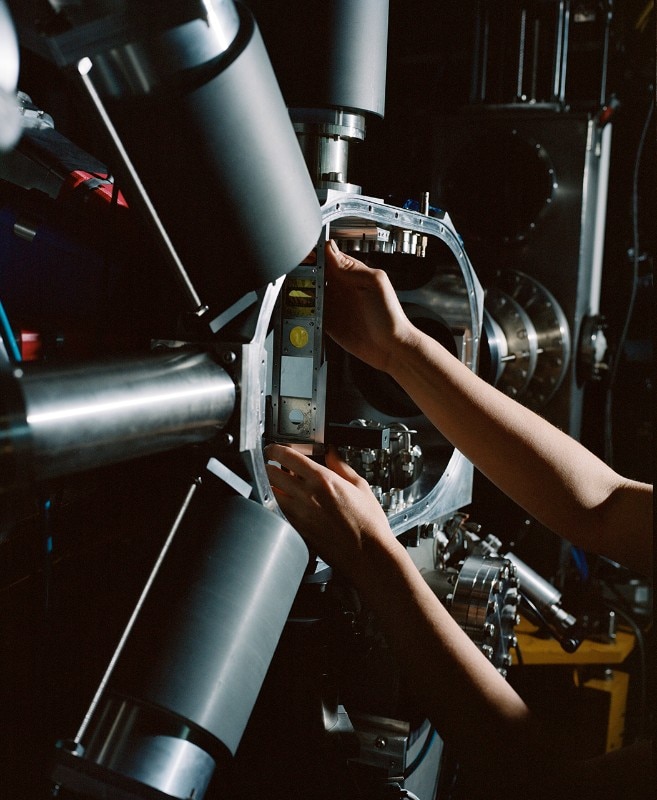
But it’s the latter that one should turn to in order to convey with more communicative effectiveness — and so to make more understandable — a research that literally deals with celestial objects. "Heavenly body" is in fact the translation of the Afrikaans term Hemelliggaam, and it’s exactly from the language and the words of two South African science–fiction writers that Fiscaletti and Grobler, both based in Cape Town, start with their exploration. And this is where the things become even more interesting, as science–fiction has always been one of the most active literary voices in depicting social and political conditions that is often dangerous or impossible to write about and, though the lens of paradoxical projections, the well–known dystopia, or more or less complex logical substitutions that the recourse to fantasy makes credible, has several times actively promoted questions, denunciations and, in best cases, change.
The science–fiction novels by an anti–nationalist like Jan Rabie and a nonconformist like C.J. Langenhoven then provide for another solid foundation to the project, and allow it to acquire a component of sociopolitical reflection, which is now quite essential: if man places himself as one of the two poles where the other one is the Universe, it’s exactly within the man himself that a more disruptive dichotomy takes place, where the “other than himself” — the other which is seen with suspect, which frightens and ends up even to be charged and taken to trial — is not the alien from an unarmed however disturbing literature but the man himself, the brother with a different skin color, the compatriot which has been first conquered, then ghettoized and finally feared anyway.
The exhibition of Hemelliggaam set for 2020 has been made impossible due to the anti–Covid measures, but for the time being it is “open” as an intriguing virtual online installation that, while somehow enhancing its retro vibe, also well renders the complexity of a large–scale and far–reaching archive, which will be concluded in 2021 with its third and last chapter (curated, as the previous, by Filippo Maggia).


